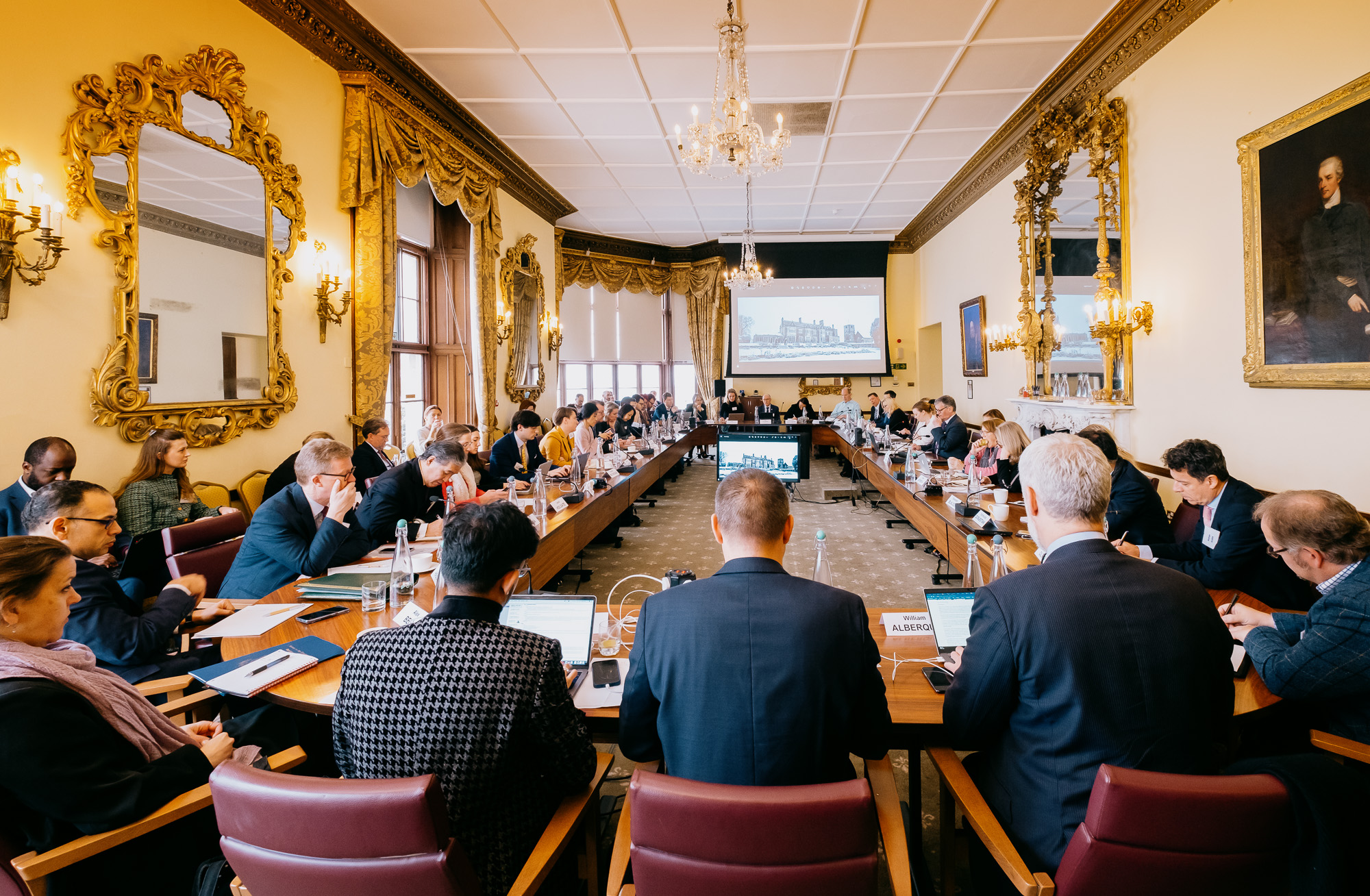- Like all three pillars of the NPT, Russia’s war in Ukraine impacts the future of arms control and risk reduction measures. In February 2021, the United States and Russia officially extended New START for the maximum five years. Negotiations for a follow-on arms control treaty, however, subsequently stalled. On November 28, 2022, Russia postponed a meeting of the Bilateral Consultative Commission, the implementation mechanism of New START, set to meet in Cairo, Egypt the following day[1]. Although the U.S. Nuclear Posture Review states that the United States remains prepared to negotiate with Russia when it proves to be a willing partner, the recent collapse in relations is not encouraging. The demise of bilateral diplomatic relations between the United States and Russia raises concerns about the possibility of an intensified arms race and the future of bilateral arms control.
- At the same time, questions remain about China’s desire to engage in bilateral or multilateral risk reduction or arms control talks. Unchecked by existing arms control agreements, China’s nuclear arsenal is expanding in both quantitative and qualitative terms. To date, Chinese officials have argued China’s nuclear arsenal is significantly smaller than those of the United States and Russia, and therefore does not need to be restricted in arms control agreements. As China’s arsenal grows, dialogue between China and other NWS—primarily the United States—will be important for mitigating the ongoing arms race. The NPT remains an important forum for dialogue between NWS on future risk reduction and arms control measures.
- In addition to the NPT, the Comprehensive Test Ban Treaty (CTBT) remains an important forum for dialogue between NWS and NNWS. The CTBT opened for signatures in 1996 with the aim of stopping all nuclear weapons testing. A comprehensive monitoring system was established under the treaty for verification purposes. The monitoring and verification system remains operational and integral to the arms control a non-proliferation regimes; sensors were able to detect all six of North Korea’s previous nuclear tests as well as volcanic activity in the ocean in 2022. The data collected by the sensors located around the world are available to all states, all the time. Despite the benefits of the verification system, the CTBT has not yet entered into force. Consequently, while most participants lauded the Treaty’s value, one participant doubted the Treaty’s future, questioned whether the United States will ratify, and suggested that Russia and China had been able to continue testing without detection by the treaty’s verification system.
- In 2022 CTBT saw six additional ratifications, but entry into force remains a long-term goal. In its current form, the CTBT brings together NNWS and NWS but cannot be updated since it has not entered into force. As a result, a technical and economic gap may appear between states parties. Moreover, a few dangerous trends have emerged. First, there are fundamental differences in opinion about what is considered to be an acceptable threshold of yield for a nuclear test. Second, there is a looming fight over the data that the CTBTO captures and the data that it reports. Third, there is an evolving theory of change. The United States has long been considered the center of gravity for treaty ratification, but there are, of course, many other interlocutors, and some are beginning to acknowledge that bringing the United States to the table does not necessarily bring the rest. Finally, there is the possibility of a seventh North Korean nuclear test, in addition to their shift to an offensive increasingly sophisticated nuclear posture.
- As the international community faces the seeming collapse of U.S.-Russian arms control, the possibilities of a nuclear test by North Korea or the use of a nuclear weapon in Ukraine, and a rapidly expanding Chinese nuclear arsenal, dialogue through existing arms control and non-proliferation channels will become increasingly important. Substantive international engagement through fora such as the NPT RevCon and CTBTO will be crucial for addressing these pressing issues and managing growing tensions between nuclear-armed rivals. As tensions between the United States, Russia, and China continue to rise, it is particularly important that those three states maintain open dialogue through nuclear fora. States Parties, however, should coordinate existing risk reduction measures, not just create more initiatives to maximise benefits and reduce duplicative efforts.
[1] While not occurring until after the conference, it is important to note that on January 2023, the U.S. Department of State declared it could no longer certify Russia’s compliance in the treaty. Furthermore, on February 21, 2023, Vladimir Putin announced that Russia would suspend New START participation.
